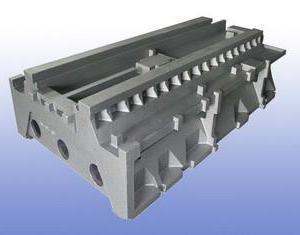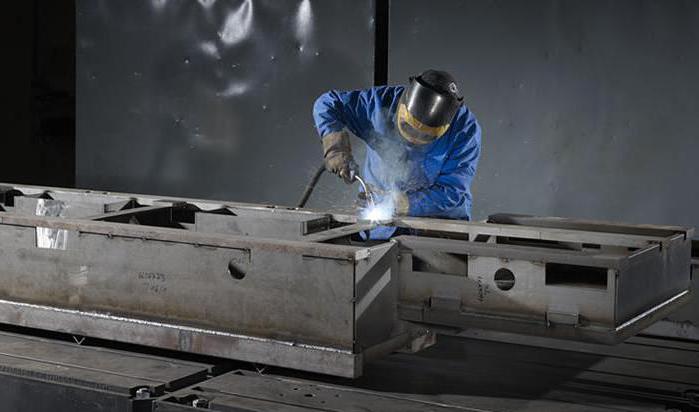
Electromechanical machines are complex devices. Depending on the purpose, they can consist of a set of nodes, both moving and stationary. But, among other things, the machine has a frame. This is the basis on which all these nodes are secured.
The frame for the machine performs the same function,as well as the frame for the car. Relatively to it, all the drive mechanisms produce their rotational or linear motion. Therefore, the frame design provides for the placement on it of all guiding and special seating places, where different nodes of the machine are located. The configurations of the frame shapes are very diverse. They are continuous or with stiffeners. The frame of small machines is often solid-cast. Bulky machines are assembled on a compound basis. The frame itself is a product that is attached to a strong foundation. According to technical standards, it must withstand not only static, but also dynamic loads. The stand must be strong and wear-resistant.

The material from whichThe frame is cast iron or low carbon steel. Heavy-duty machines are installed on reinforced concrete frames. High-precision machines - on the frame of artificial material based on mineral crumbs and resinous substances (synthetic). The walls of these types are not very susceptible to deformations caused by temperature.
The frame is in a cross-sectional shape a different construction with:
In the longitudinal direction, the frame is the base with:

The lathe frame performs the functiongrounds. It has in its design two walls of longitudinal arrangement. These walls join the ribs together in a transverse direction. On the top of the frame there are guides, four of them. Of these four are three prismatic forms, and one is flat. In the left edge of the frame at its end is the place where the headstock is fixed. In the opposite part on the edge of the inner side of the guides, the tailstock is installed. On the bed along the guides this can be freely moved and fixed at any point. The carriage of the plate also moves along the guide rails, which are prismatic. In order to handle details with high accuracy, all the guide rails should be carefully machined in all planes. Also strict strictness and parallelism must be observed.

During operation, the machine bed can be worn, which leads to the need for its repair. The basic malfunctions of a bed:
